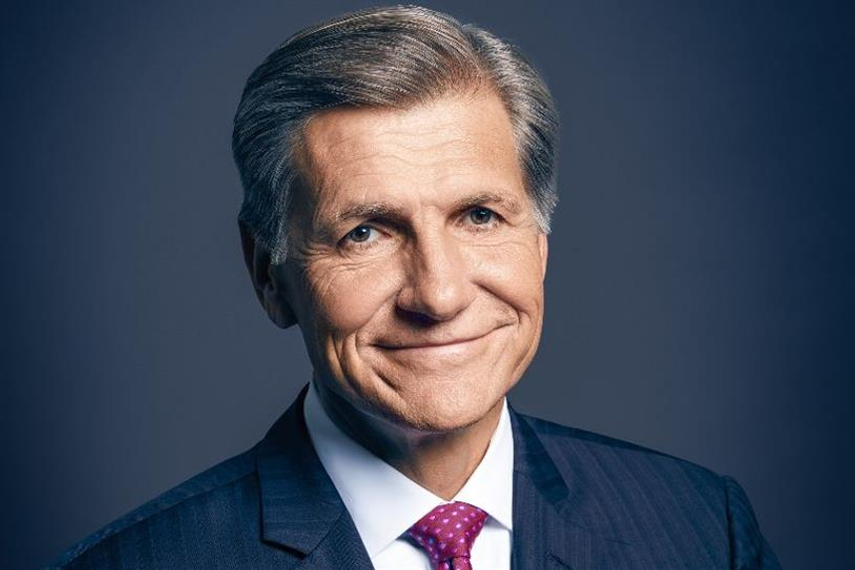
Please sign in or register
Existing users sign in here
Having trouble signing in?
Contact Customer Support at
[email protected]
or call+91 22 69489600
In an interview with Campaign US at P&G’s virtual LifeLab at CES, Pritchard details how FMCG giant continues to withhold spend on several platforms until accountability is introduced

Contact Customer Support at
[email protected]
or call+91 22 69489600
Top news, insights and analysis every weekday
Sign up for Campaign Bulletins
India is no longer an outsourcing destination; it is a trusted, creatively mature partner in the global content supply chain.
With 60% of GCCs poaching from each other, Global Capability Centres must craft a compelling employer value proposition.
The campaign pairs humour with science to explain skincare through simple demonstrations and relatable storytelling.
He is tasked with leading the company’s nationwide sales strategy, expanding client relationships and supporting business growth across India.